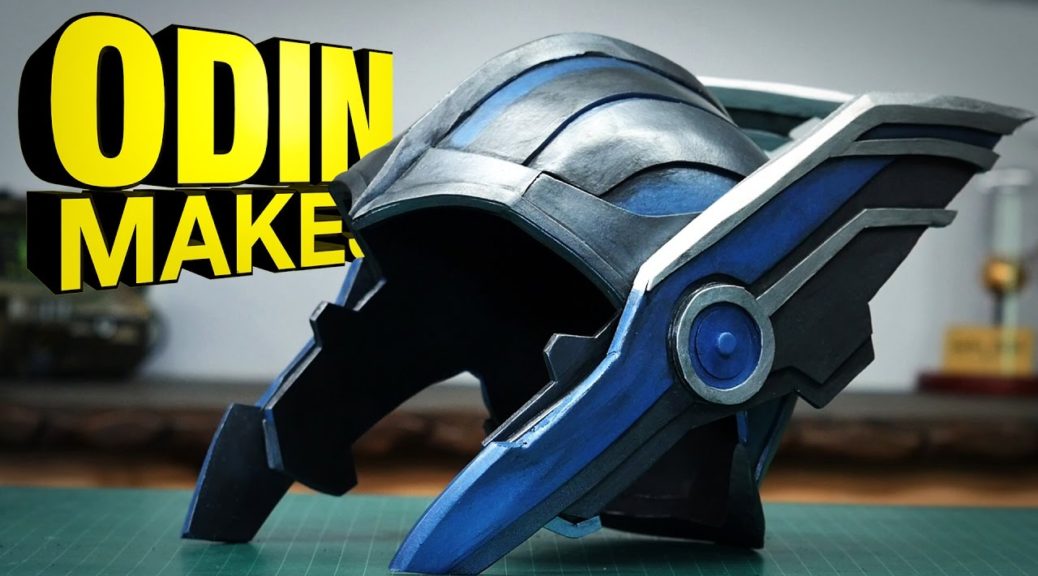Behind the scenes: designing the props for Fantastic Beasts and Where to Find Them – Pierre Bohanna talks about some of the fantastic props he was tasked to create for JK Rowling’s latest foray into the Harry Potter universe. He also details some of the biggest challenges; surprisingly, recreating 1926 New York was more difficult than finding fantastic beasts.
Props: Fur, Foam & Focus – Zoë Morsette talks with Stage Directions magazine about her career and some of the favorite props she built. She discusses some great specifics about materials, techniques, and tools used on some recognizable props. She also gives helpful advice for the early career prop professional.
Floating Worlds: The Santa Fe Opera Scene Shop – This article brings us some beautiful photographs and in-depth interviews with Scott Schreck and Mike Ortiz, the technical director and associate technical director of the Santa Fe Opera. Find out how they build scenery for operas that travel all over the world.
Our Favorite Movie Props at Comic-Con 2018! – The Prop Store is getting ready for a big auction of rare and iconic movie props. They recently brought a bunch of them to San Diego Comic Con. This fifteen-minute video looks at their collection during this brief opportunity to see all these famous props in one location.
Faberge Caravan – The Prop Solve is back after a brief hiatus, but she returns with a fantastic post showing a Faberge egg she made in the style of a 1970s caravan trailer. There are lots of great tips and photos showing how she modeled tiny benches and appliances to fit the curves of an egg-shaped vehicle.

